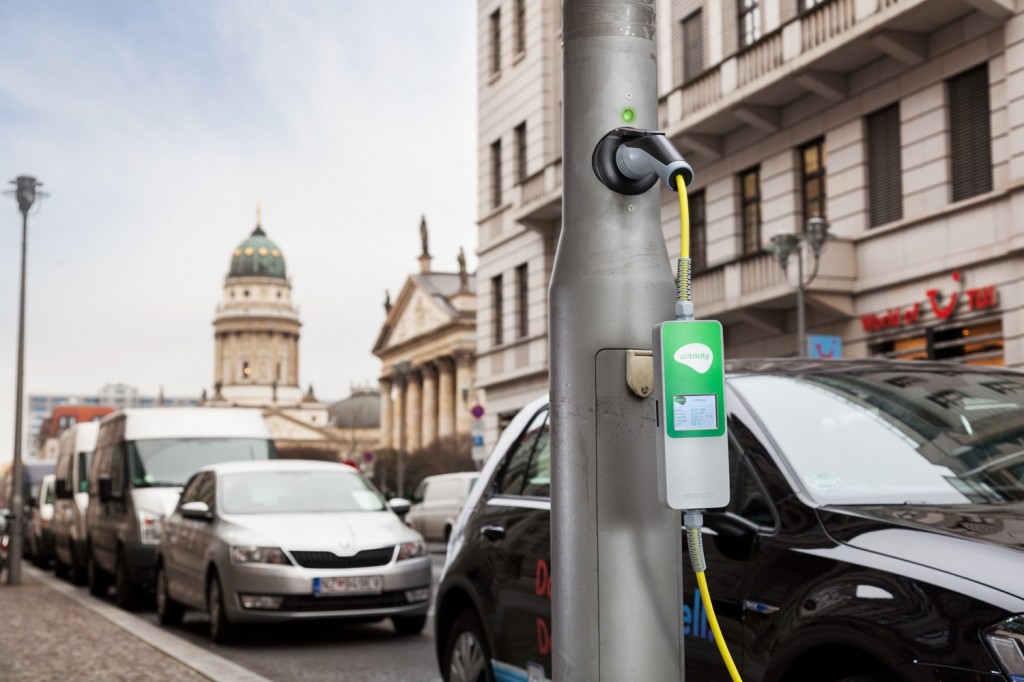The great thing about electric-car charging is that it can take advantage of existing grid infrastructure. A new project in the United Kingdom demonstrates the benefits of that.
Siemens built charging stations into 24 lampposts on roughly a half-mile of Sutherland Avenue in London. The section of street was rechristened, appropriately enough, "Electric Avenue, W9."
The street is located in London's Westminster borough, which has more charging plugs than any other UK local authority, according to Siemens. That already included a large number of charging plugs built into lampposts; the new installation brings the total number 296.
Those plugs are a response to increased demand. Westminster saw 40% growth in electric-car charging in 2019, according to Siemens.
Lamppost charging can be important to city dwellers who don't have driveways, Daniel Bentham, managing director of Ubitricity UK, which partnered with Siemens on the project, noted.

Ubitricity electric-car charging cord
Many electric-car drivers rely on home charging, but city residents tend to live in apartments without off-street parking. That means they must rely more heavily on public infrastructure.
The need to fill that infrastructure gap has led to several attempts in the United States to use lampposts for charging stations, although the concept hasn't become mainstream.
A separate UK project aimed to use cable boxes, which are connected to the same grid infrastructure as lampposts, to house charging plugs.
In a move symbolic of changing technological trends, New York City considered in 2013 that phone booths should be converted into charging stations.
The logic may have been sound, as phone booths have entered disuse in the age of cell phones. City officials then launched a competition to find new uses for phone booths, and electric-car charging was one of the suggestions. However, the project does not seem to have progressed any further.
